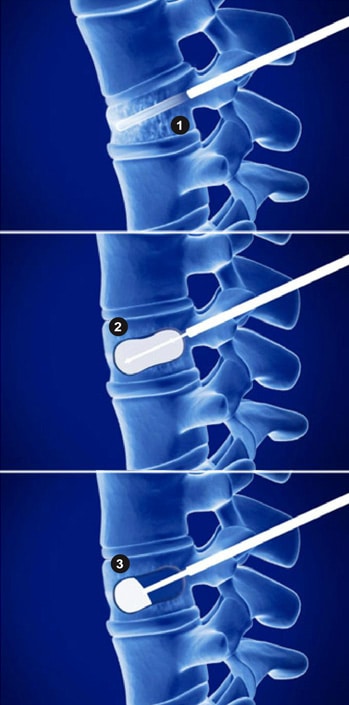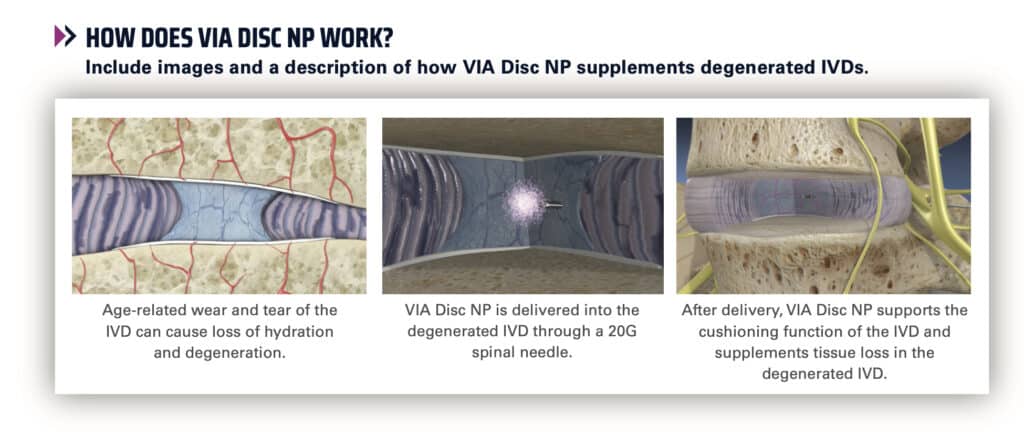Kyphoplasty
Most minor back trouble can be treated with anti-inflammatory drugs and rest. Chiropractic treatment, physical therapy and even acupuncture may help, too. Some people, however, continue to experience chronic pain and restricted movement from a slipped disc or compression fracture.
Kyphoplasty is a minimally invasive surgical procedure that treats spine fractures. The goals of a kyphoplasty are to stop the pain associated with a compression fracture, stabilize the vertebral bone and at least partially restore the height lost due to compression fractures or degenerative disc disease.
You may be a candidate for a kyphoplasty if you’re experiencing painful symptoms or spinal deformities from recent osteoporotic compression fractures. Unfortunately, kyphoplasty is not recommended for people suffering from osteoporosis, a chronic disease that increases the risk of fractures as it weakens bones.
OVERVIEW
Kyphoplasty cannot address an established spine deformity. It’s designed to provide rapid back pain relief and to help straighten your spine from a recent fracture. You should have the procedure within eight weeks of your fracture for the highest probability of restoring your height. The procedure is detailed below. Ask your surgeon about your specific risks and recovery expectations.
 1. INSERTING THE INSTRUMENTS
1. INSERTING THE INSTRUMENTS
Your surgeon makes a half-inch incision at the affected site on your back. He or she then inserts a narrow tube into the fractured vertebrae to create a working channel. See illustration 1. The surgeon follows his or her progress by fluoroscopic X-ray imaging. Once the tube is in place, the surgeon places the KyphX Inflatable Bone Tamp (IBT) into the fracture.
2. CREATING THE CAVITY
Using fluoroscopy as a guide, the board-certified surgeon inflates the IBT device, as shown in illustration 2. As the balloon inflates, the vertebra is raised to its original position, while the fractured pieces slide back into place. The IBT also compacts the material inside the vertebra, creating a cavity inside the vertebra. When the balloon is deflated, the cavity remains.
3. STABILIZING THE FRACTURE
As shown in illustration 3, the surgeon then fills the cavity with bone cement called PMMA to stabilize the fracture. PMMA hardens in minutes.
4. RECOVERING FROM THE PROCEDURE
Once the cavity is filled, your surgeon closes the incision. The process puts a sort of internal cast in place that stabilizes your spine and relieves your pain. The procedure takes about an hour per disc, and recovery is relatively quick. You should not drive or lift anything for at least six weeks.
Many people report, upon awakening from anesthesia, that their pain is completely gone. Others find they experience little to no pain after a couple days. Some people experience an allergic reaction to the dye used in the procedure, but nerve damage from a kyphoplasty is rare.
SURGICAL PROCEDURES

